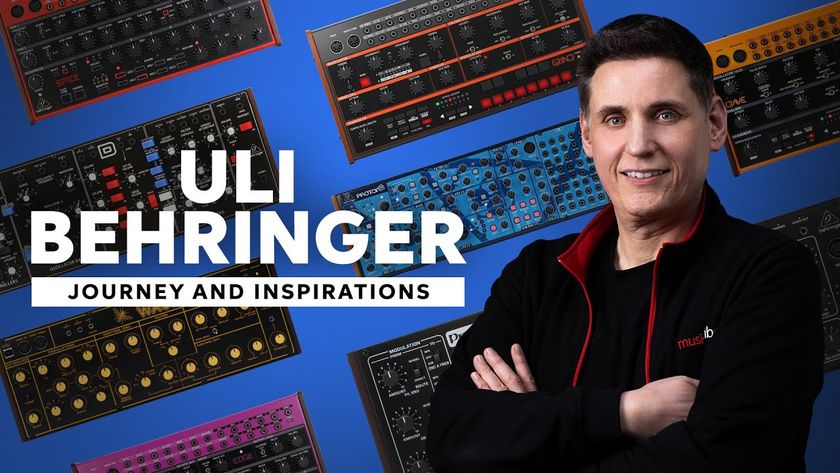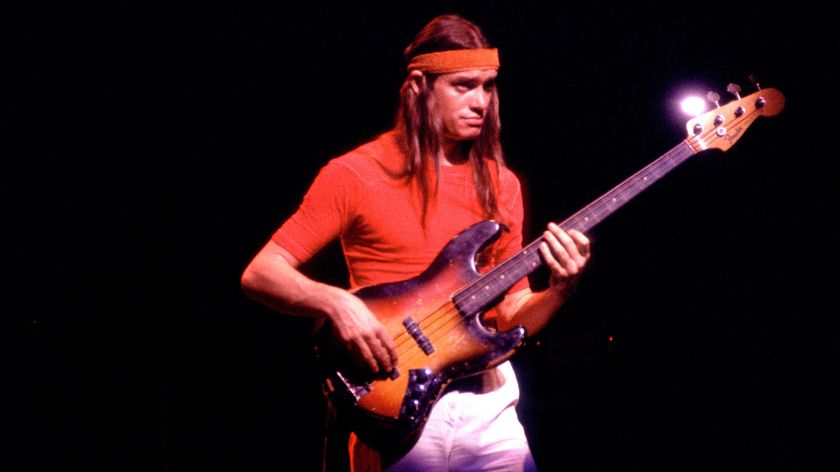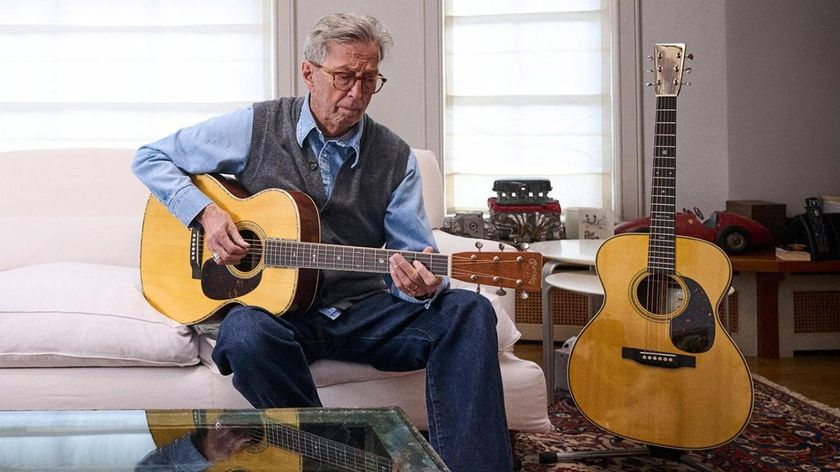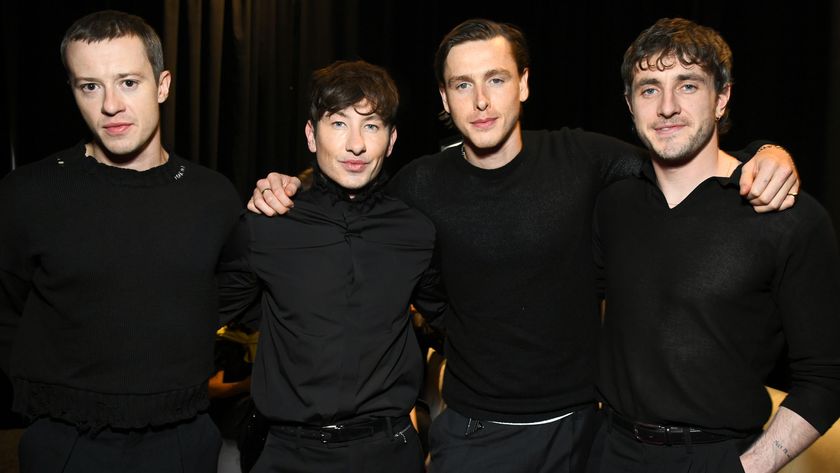Senri Kawaguchi could be your new favourite drummer: “I don’t want to compromise on sound”
Session and solo phenomenon with millions of video views and the respect of drum icons on her Youtube and e-drum fuelled rise
Senri Kawaguchi is a key example of the positive sides of social media, having grown up with, and harnessed the power of YouTube.
Since uploading her first videos in her early teens, she has racked up millions of views, released three albums and a DVD and taken to the stage with numerous legends including Lee Ritenour, Steve Gadd, Dave Weckl and Akira Jimbo.
We sat down to find out a bit more about one of the next global drumming stars.
How did you first get into drumming?
“I’ve been playing since I was five years old so I’ve been playing for 16 years. My parents are not necessarily musical, but my father is a bit of a technology geek.
"My journey on the drums began with a Yamaha DTX electronic drum kit that I effectively used like a toy to play with as a child.”
Do you think that starting on an electronic kit gave you a different approach to drumming?
Get the MusicRadar Newsletter
Want all the hottest music and gear news, reviews, deals, features and more, direct to your inbox? Sign up here.
“In Japan the feasibility of playing acoustic drums is quite difficult for a lot of people because the population is quite dense. So in order to play acoustic drums you’d need access to a studio; so by having access to electronic drums it makes it much more possible to practise at home and it’s a really good starting point.
“I was lucky in that I lived out in the countryside, so by having a conversation with my neighbours and agreeing on how long I could play for I could put the time in on acoustic drums.”
I shared the stage with Steve Gadd, Dave Weckl and Akiro Jimbo – and we were performing facing each other
At what point did drumming turn into a more serious pursuit for you?
“The point that I first realised this would be something I’d like to do as a profession was with the advent of YouTube becoming popular. I started uploading videos of my performances and that’s how I found my manager.
“From there it evolved into writing a solo album when I was 16 and the response was positive. That’s when I first thought it was something that was viable as a profession.
“When I was around 14 I started uploading videos, and that’s when I started to get noticed and invited to do sessions. Prior to that, drumming was solely for enjoyment. It didn’t really occur to me to pursue it as a profession at that point.”

Was there one particular video that was a changing point for your profile?
“There was one particular video where I covered the main theme to a really popular anime Manga called K-ON!. It was starting to become really recognised not only in Japan, but internationally as well. I jumped onboard of the popularity and did a drum cover video which yielded a lot of response.”
I really wanted a drum set that has a lot of depth with the truest and most honest response
Who are the players who have inspired you?
“I had a drum teacher who subsequently became a mentor to me in my career. His name is Kozo Suganuma; we’re still very much in touch and through him I have made a lot of relationships.
“Similarly, Jun Abe who is a keyboardist I met around the time that I was playing in bands. He helped me to network and become more familiar with professional surroundings and situations. I attribute a lot of my success to these people.”
You play with phenomenal speed. What sort of things do you practise to develop this?
“I don’t actively or consciously practise speed as such, but I attribute the execution and speed to my teacher. He was known as a busy drummer himself, and he encouraged me to practise the fundamentals – everything from rudiments to stick tricks. I was given a lot of complicated parts to practise, and I really wanted to prove myself.
“It is something that came naturally through these lessons. Getting the basic groundings will yield speed and efficiency. My teacher was really good at showing how to apply rudiments in context, and that really helped me to pick it up. The focus was not just on practising the rudiments on their own, but how to explore the concept of the rudiments, how they are constructed and where they apply musically.”
You’ve shared the stage with some big names. What has been the best experience so far?
“I played at an event in Japan where I shared the stage with Steve Gadd, Dave Weckl and Akiro Jimbo. We all played together and it’s probably the most nervous I’ve ever felt! The stage was set up almost like a wrestling ring – a square ring – and we were performing facing each other.
“So on either side of me I had Dave Weckl and Akira Jimbo, then Steve Gadd. It was very surreal and nerve-wracking. They were very kind and accommodating though.”
You play Yamaha drums… What introduced you to them?
“I was introduced to Yamaha drums through my teacher. I find that Yamaha drums provide a lot of response to intricate and delicate playing and really enhance that side of my playing. In Japan I play the PHX series drums. I consider myself quite a hard hitter and I really wanted a drum set that has a lot of depth with the truest and most honest response.
“The PHX really works for that as it’s very focused. I really like the Recording Custom too, but I’m still in the stage where I’m trying to get the setup and tuning right. The kit I used today was the same configuration as my own and was tuned perfectly for me, so I’m really grateful to the drum tech that did that for me!”

How did you get involved with Zildjian?
“My first influence was my teacher who is a Yamaha and Zildjian artist. Before that I had been playing Paiste but the influence of my teacher inspired me to play Zildjian. I went through the range and really liked Zildjian. In terms of connecting with Zildjian it really came through my teacher.
“I generally favour the Constantinople and K series. I’m a busy drummer, so in order to accommodate for that I really require cymbals with a quick response. Things like the K Dark Crash really suit that playing style.
“In particular I like the Constantinople range because it really lends itself to when I play more delicately. The sound is beautiful and it works for lots of textures; it gives a response to what I’m trying to put in. I’m a university student, so to me the Constantinople cymbals are quite expensive but I don’t want to compromise on the sound.
“I play a lot of fusion music, with a lot of cymbals and textures and variations. I’ve chosen the darker cymbals so they don’t get in the way or clash with each other. If I had to choose one cymbal in my setup, I really rely on the two front crash cymbals, one is 16" and one is an 18"; when those are different I really notice it.
“I could maybe be OK with a different ride cymbal, but I really feel the absence of those crashes if they’re different. Usually in my own setup I use a slightly different hi-hat combination: the top is the same as what I used today, but I usually have a heavier Dynobeat on the bottom.”
I’m a busy drummer, so in order to accommodate for that I really require cymbals with a quick response
What’s next for you in your career?
“Outside of doing clinics, I’ve been working on some library music and game soundtrack projects as well as some session playing. I’m also focusing on my own band.
“I’m gaining a lot more opportunities, more frequently, to travel the world and that is really helping me to realise the benefit and the value in travelling, treading new ground and meeting new people along the way. I think it’s quite important for me to stretch myself; I’m very busy in Japan, but I really want to stretch out more and gain new experiences.
“I’m still at university, but in Japan we have a phase where all the studies have completed but there’s still a period left in the term. I’ve finished studying but I’m waiting to graduate.
“When I reflect back to the way that I gained popularity and attention, it’s because I went with the trends of the time. Around the time I started uploading videos, I really paid attention to what was popular at the time and what was gaining popularity.
“My advice to aspiring musicians who want to follow a similar path is just to be aware of what is popular, the direction that things are going. When I started uploading videos, drum covers were a really big thing in Japan. Just be aware of the present and how things are moving forward.”
Senri’s gear
Drums
Yamaha Recording Custom or PHX
Toms: 8"x7.5", 10"x 7.5", 12"x8"
Floor toms: 14"x13", 16"x15"
Bass drum: 20"x16"
Snares: Recording Custom Aluminium 14"x6.5" 14"x5.5"
Cymbals
Zildjian – K 13" K/Z hi-hats (main)
A Custom 14" Mastersound hi-hats
K 20" Ride
Constantinople 20" Renaissance
K Custom 16" Dark Crash
K Custom 18" Dark Crash
A Custom 18" China
Z3 18" China
A Custom 18" China
Plus
Heads: Evans
Bass drum: EMAD batter
Toms: Black Chrome two-ply
Hardware: Yamaha Hexrack II, Yamaha FP9500D double pedal, Yamaha DS950 bench stool
Sticks: Zildjian Senri Kawaguchi signature sticks

I'm a freelance member of the MusicRadar team, specialising in drum news, interviews and reviews. I formerly edited Rhythm and Total Guitar here in the UK and have been playing drums for more than 25 years (my arms are very tired). When I'm not working on the site, I can be found on my electronic kit at home, or gigging and depping in function bands and the odd original project.
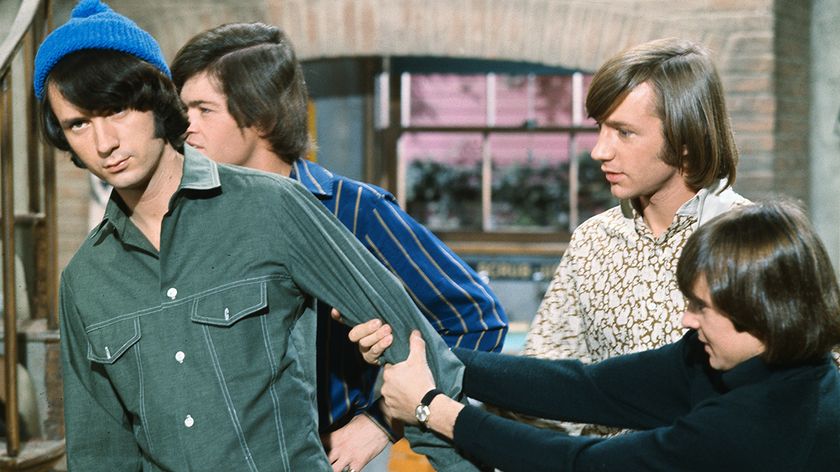
"They said, ‘Thank you, but no thank you - it’s not a Monkees song.’ He said, ‘Wait a minute, I am one of the Monkees! What are you talking about?’": Micky Dolenz explains Mike Nesmith's "frustration" at being in The Monkees

“There’s nights where I think, ‘If we don’t get to Paradise City soon I’m going to pass out!’”: How drummer Frank Ferrer powered Guns N’ Roses for 19 years
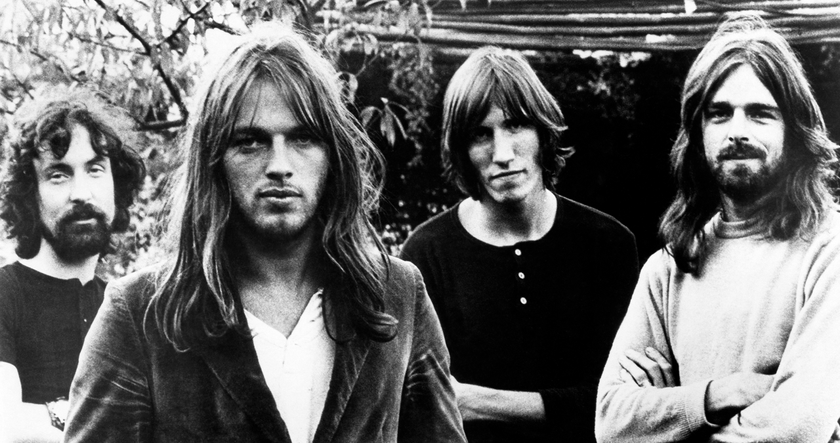


![Chris Hayes [left] wears a purple checked shirt and plays his 1957 Stratocaster in the studio; Michael J. Fox tears it up onstage as Marty McFly in the 1985 blockbuster Back To The Future.](https://cdn.mos.cms.futurecdn.net/nWZUSbFAwA6EqQdruLmXXh-840-80.jpg)

